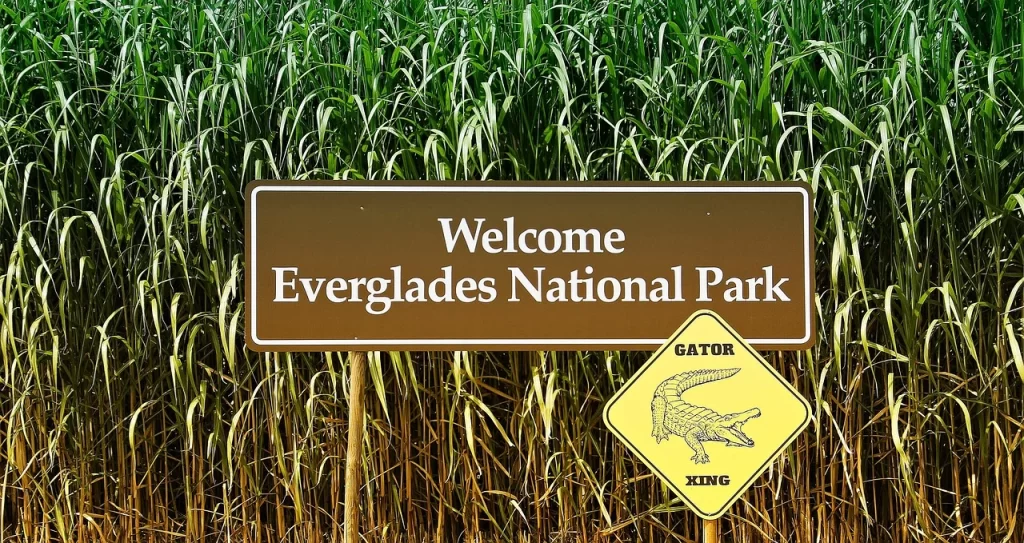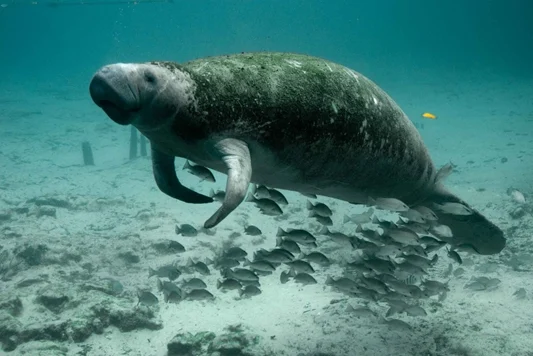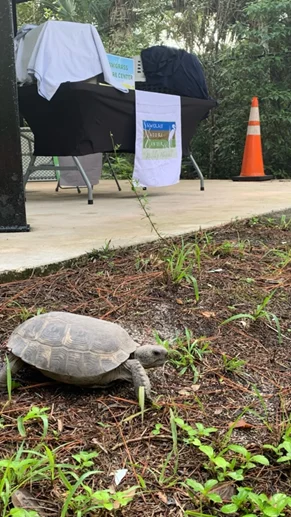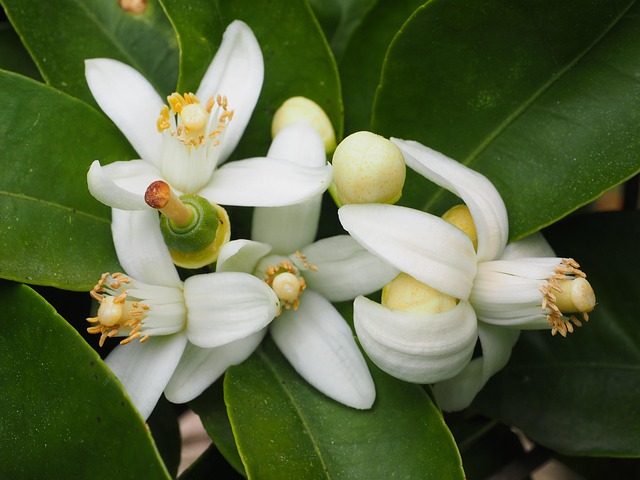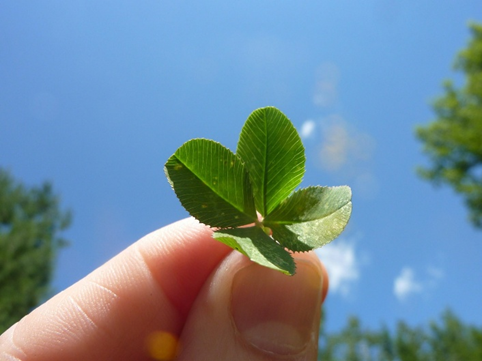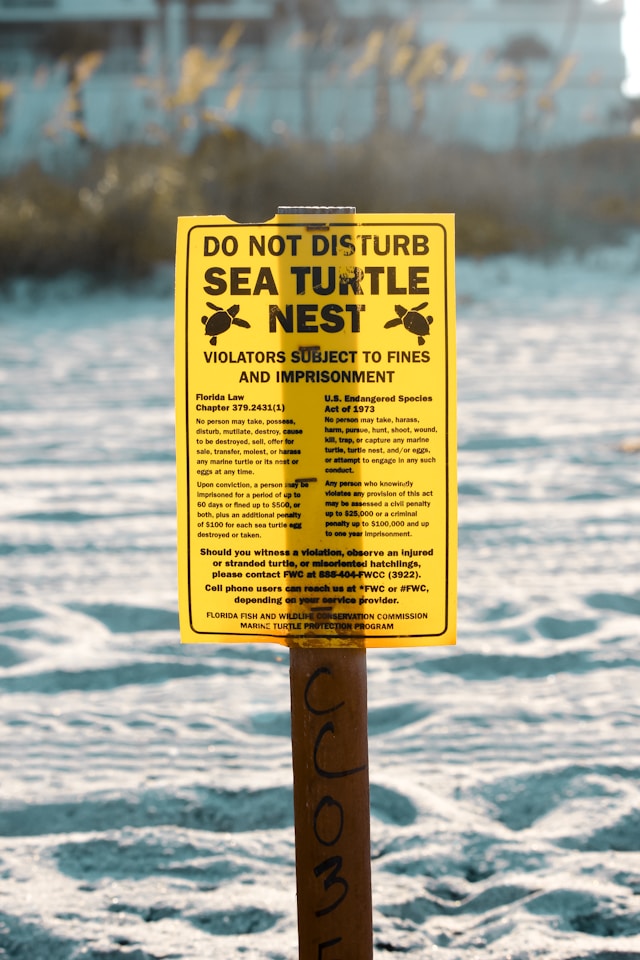Florida is a land of diverse ecosystems, from the swaying sawgrass of the Everglades to the sun-drenched shores of the beaches. At the heart of these ecosystems are Florida’s native animals- species that have evolved and thrived in this region for thousands of years. These animals are not just residents of the Sunshine State; they are essential to maintaining the delicate balance of its natural world.
What Are Native Animals?
Native animals are species that occur naturally in a particular region, ecosystem, or habitat without human introduction. In Florida, this includes a wide range of creatures—from the iconic Florida panther to the elusive gopher tortoise, and from the colorful roseate spoonbill to the tiny Key deer.
These animals have adapted to Florida’s unique climate, vegetation, and seasonal patterns. Their presence is a result of natural processes like evolution, migration, and ecological interactions over millennia.
Why Are Native Animals Important?
Native animals play a crucial role in maintaining biodiversity, which refers to the variety of life in a particular habitat or ecosystem. Here’s why they matter:
1. Ecosystem Balance
Each native species has a role—whether it’s a predator controlling prey populations, a pollinator helping plants reproduce, or a scavenger cleaning up organic waste. For example:
- Alligators help maintain wetland ecosystems by creating “gator holes” that provide water for other animals during dry periods.
- Gopher tortoises dig burrows that offer shelter to over 350 other species.
2. Resilience to Change
Ecosystems with high biodiversity are more resilient to environmental changes, such as hurricanes, droughts, or disease outbreaks. Native species are better adapted to local conditions and help stabilize ecosystems during times of stress.
3. Cultural and Economic Value
Many native animals are symbols of Florida’s natural heritage and attract millions of tourists each year. Birdwatchers, kayakers, and wildlife photographers all contribute to the state’s economy while appreciating its native fauna.
The Threat of Invasive Species
Florida’s native animals face serious threats from invasive species—non-native animals and plants that disrupt local ecosystems. For instance:
- The Burmese python, introduced through the exotic pet trade, preys on native mammals and birds in the Everglades.
- Lionfish, with no natural predators in Florida waters, outcompete native fish for food and habitat.
Protecting native species means controlling these invaders and restoring natural habitats.
How You Can Help
- Support conservation efforts: Donate to or volunteer with organizations that protect Florida’s wildlife
- Plant native vegetation: Native plants support native insects and birds.
- Be a responsible pet owner: Never release exotic pets into the wild.
- Educate others: Share the importance of native species with your community.
Florida’s native animals are more than just part of the scenery—they are the lifeblood of its ecosystems. Sawgrass Nature Center and Wildlife Hospital is dedicated to increasing the public’s understanding of native species through environmental education and protecting them through our rehabilitation and release efforts ensuring that Florida’s wild beauty endures for generations to come.
